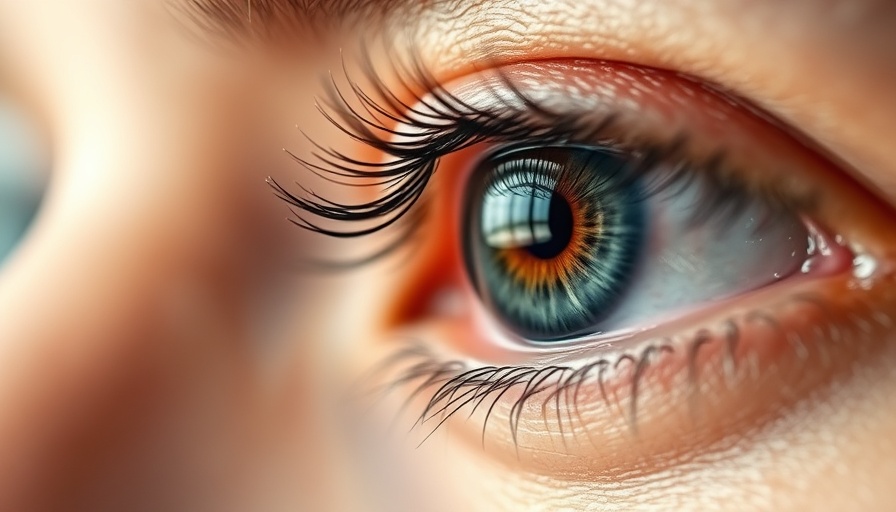
The Growing Epidemic of Dry Eye Disease Among Young Adults
In a startling revelation, a recent study from Aston University has highlighted a significant health concern impacting young adults- rising cases of dry eye disease. A staggering 90% of participants aged 18 to 25 exhibited at least one symptom associated with this uncomfortable condition, raising alarms among researchers and health professionals about the need for preventive measures.
Understanding Dry Eye Disease: A Clarion Call for Awareness
Dry eye disease typically arises when tear production is inadequate or the quality of tears fails, leading to symptoms such as grittiness, itching, stinging, redness, light sensitivity, and blurred vision. According to the study led by Dr. Rachel Casemore, which closely monitored 50 participants, a significant 56% had diagnosed dry eye disease, with half showing a significant loss of meibomian glands—essential for maintaining tear film stability. The implications of this are serious, as dry eyes can lead to chronic discomfort and varying levels of vision impairment, necessitating proactive awareness, particularly among the youth.
The Impact of Screen Time: A Modern-Day Challenge
Perhaps most alarmingly, one of the study's key findings was the correlation between significant screen time and the severity of dry eye symptoms. Participants reported averaging eight hours of screen use daily—an increasingly common lifestyle for today's generation. As we immerse ourselves further into digital environments, the risk of dry eye syndrome may continue to escalate, emphasizing the urgency for education and effective preventative strategies.
From Awareness to Action: Healthy Habits for Eye Care
As part of the preventive strategy, Dr. Casemore advocates for simple yet effective changes that can significantly improve overall eye health. These include taking regular breaks from screens to reduce strain, performing blink exercises to stimulate the meibomian glands, and maintaining hydration. Implementing a balanced diet rich in omega-3 fatty acids—found in foods like salmon and flaxseeds—can also serve as an effective personalization strategy. Furthermore, establishing regular sleep patterns can promote overall wellness and potentially mitigate dry eye symptoms.
The Ripple Effects of Dry Eye Disease
Notably, dry eye disease is not just a physical challenge; it can also impact mental health and well-being. Constant discomfort may lead to irritability and reduced productivity, making it vital for health educators to recognize its full spectrum of consequences. Furthermore, as dry eye disease tends to be more prevalent in women, addressing this discrepancy should be part of any comprehensive approach to health and wellness.
Exploring Solutions: The Role of Healthcare Professionals
Healthcare professionals play a crucial role in this unfolding narrative. Regular eye exams cannot be overstated, particularly for contact lens users. Ensuring proper fitting and adhering to cleaning protocols can ward off potential complications associated with dry eyes. In addition, advising patients on the importance of lifestyle changes emphasizes a holistic approach to treatment.
Conclusion: A Community Responsibility
The rise of dry eye disease among young adults is a call to action. Communities need to rally together to promote eye health awareness and empower young people to prioritize their well-being. This involves not only personal responsibility but also a collective commitment to fostering environments that encourage healthy habits.
If you or someone you know is struggling with dry eye symptoms, consult with a healthcare provider for personalized advice and strategies to prevent progression of the condition. Taking steps towards better eye health is crucial not only for your vision but for your overall quality of life. Remember, small lifestyle changes can lead to significant improvements.
 Add Element
Add Element  Add Row
Add Row 



 Add Row
Add Row  Add
Add 


Write A Comment